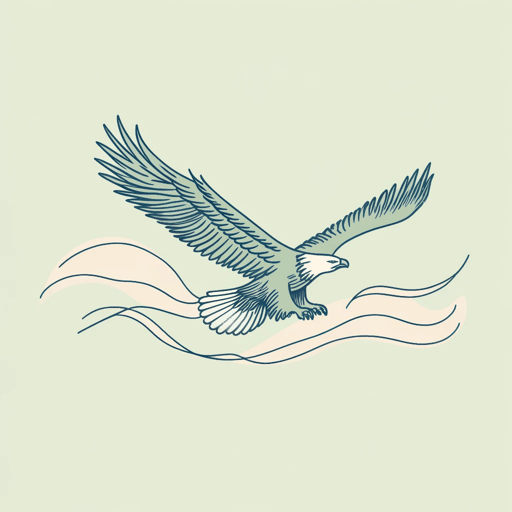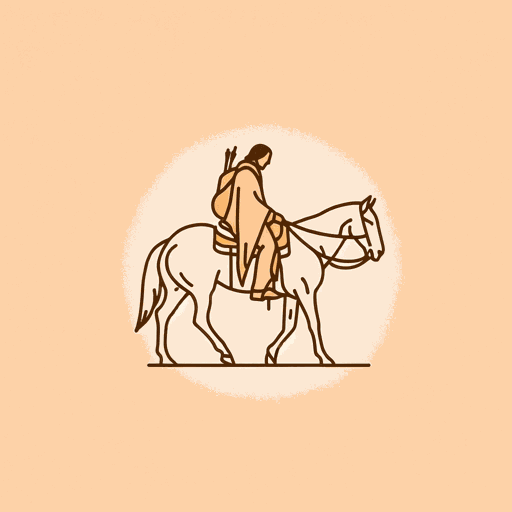66 pages • 2 hours read
Richard WagameseOne Native Life
Nonfiction | Autobiography / Memoir | Adult | Published in 2008A modern alternative to SparkNotes and CliffsNotes, SuperSummary offers high-quality Study Guides with detailed chapter summaries and analysis of major themes, characters, and more.
Summary and Study Guide
Overview
In One Native Life, Richard Wagamese, an accomplished Canadian author of Ojibway heritage, crafts a memoir that delves into self-discovery and cultural reclamation. Originally published in 2008, this work falls under the genre of autobiography, threading a narrative that tracks Wagamese’s journey as an Indigenous person through the landscapes of identity, healing, and connection. The book, which is often included in discussions and studies of significant works by Indigenous authors, thematically explores cultural identity and reconnection; the impact of colonial policies; healing and spirituality; family and belonging; resilience and personal growth; and the importance of nature and the land.
The edition used for this guide is the Douglas and McIntyre (2013) Ltd. Kindle Edition.
Content Warning: The book discusses the impact of European colonization on Indigenous peoples in North America and thus addresses sensitive subjects such as systemic racism, cultural displacement, generational trauma, the separation of children from their families, substance abuse, and child abuse and neglect. These topics are integral to Wagamese’s memoir and the broader conversation about Indigenous experiences around the world.
Summary
One Native Life is an autobiographical work that follows the author’s journey of self-discovery, healing, and reconnection with his Ojibway heritage. The book has four sections, each named after an element from Ojibway teachings: “Ahki” (Earth), “Ishskwaday” (Fire), “Nibi” (Water), and “Ishpiming” (Universe). These section titles mirror the structure of the Medicine Wheel, a symbol of balance and interconnectivity in Ojibway culture.
In “Ahki” (Earth), Wagamese discusses his connection to the earth and how this bond provided him with spiritual healing and salvation. He shares stories from his childhood, like the language of fishing that he learned from his Ukrainian Canadian foster father, Joe Tacknyk, which helped him start reclaiming his identity. Wagamese recounts the small rituals of his foster care years, like watching Bonanza on Sundays, that provided him with a semblance of family. Each memory reveals how these earthly connections formed the foundation of his journey toward self-understanding.
“Ishskwaday” (Fire) explores Wagamese’s encounters with fire, both literal and metaphorical. He once listened to a boxing match featuring Cassius Clay (Muhammad Ali), which ignited a fire within him, inspiring courage and resilience. Through various anecdotes, such as his first job as a journalist and his political awakening, Wagamese delves into his struggles with identity, addiction, and the search for a place where he felt he belonged.
In “Nibi” (Water), Wagamese uses water as a metaphor for life’s flow and transformation. He notes the importance of names, such as when he took on the name Wagamese and later was given the name “Buffalo Cloud” by an elder. These names signified his connection to his people and their stories. In addition, Wagamese examines his relearning of Indigenous traditions, such as making bannock and understanding Ojibway spirituality, emphasizing the rejuvenation and clarity that these practices brought to his life.
“Ishpiming” (Universe) reflects on the interconnectedness of all existence. In contemplating the energy that binds everything, Wagamese examines his relationships with neighbors at the lake where he lived, his understanding of the land as a living being, and his meditations on life’s principles through skiing. In addition, he discusses the physical and emotional scars of his past, as well as the healing process. The section culminates in reflections on identity, belonging, and the significance of storytelling, music, and tradition in his life.
Throughout the book, Wagamese shares stories that shaped his understanding of the world and his place within it. These stories range from the Indigenous view of animals as teachers to his experiences of abuse, the rediscovery of his culture, and his ultimate acceptance of his identity. He provides a detailed account of his journey across Canada, his various jobs, encounters with influential figures, and the spiritual teachings that guided him. He emphasizes the importance of walking one’s ancestral territory and thus acknowledging and honoring the land’s history and spiritual significance. The book is an exploration of life’s challenges and triumphs, the search for healing, and the power of embracing one’s heritage. Wagamese’s story speaks to the resilience of the human spirit and the wisdom in reconnecting with one’s roots. Through his life’s ups and downs, Wagamese learned to appreciate the beauty in all things and to find peace in the world’s natural rhythms, ultimately discovering that life, like the universe, is a complex yet harmonious song.
Related Titles
By Richard Wagamese
Featured Collections
Art
View Collection
Beauty
View Collection
Books & Literature
View Collection
Books on Justice & Injustice
View Collection
Canadian Literature
View Collection
Colonialism & Postcolonialism
View Collection
Community
View Collection
Education
View Collection
Equality
View Collection
Fate
View Collection
Guilt
View Collection
Indigenous People's Literature
View Collection
Memory
View Collection
Music
View Collection
Nation & Nationalism
View Collection
Pride & Shame
View Collection
Truth & Lies
View Collection





